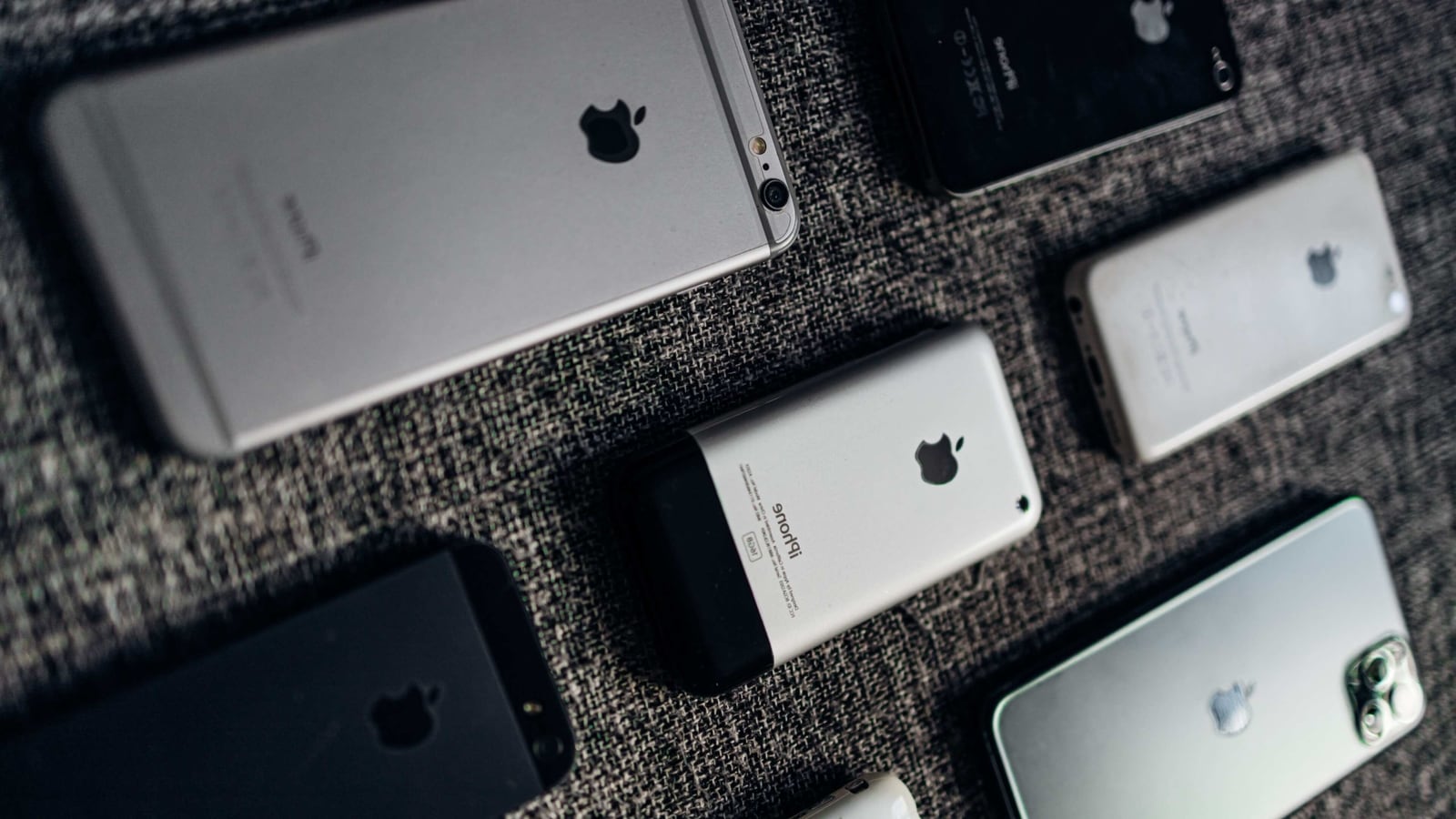Apple chose to hide a mass hack on 128 million iPhone users, back in 2015
In the email showcased by Epic Games, Apple managers discovered some 2,500 malicious apps on September 21, 2015. These were downloaded a total of 203 million times by 128 million users.

Apple and Epic are already tied up in a court battle and as a result of this, some really eye-opening information has been hitting the web. Recently, Epic showcased Apple's intention to dominate the market by consciously choosing not to release iMessage platform on Android. Now, a new email in the court reveals that Apple chose to willingly not notify 128 million iPhone users about its first ever mass hack. This was back in 2015, the year when the iPhone 6s series was launched.
As reported by Ars Technica, the hack came into light back in 2015 when researchers found 40 malicious apps on the App Store. This number eventually rose to 4,000 apps. It has been mentioned that these apps included codes that made iPhones and iPads a part of the botnet that claimed to steal sensitive user data.
Also read: Apple App Store called ‘nightmare' in internal developer survey


mobile to buy?
In the email showcased by Epic Games, Apple managers discovered some 2,500 malicious apps on September 21, 2015. These were downloaded a total of 203 million times by 128 million users. Out of these, 18 million were US customers.
“Joz, Tom and Christine—due to the large number of customers potentially affected, do we want to send an email to all of them?” App Store VP Matthew Fischer wrote in the email to Apple Senior Vice President of Worldwide Marketing Greg Joswiak and Apple PR people Tom Neumayr and Christine Monaghan.
The email also showed that Bagwell discussed sending out an email to all 128 million affected users. The email was also supposed to include the names of all the apps. However, the email was never sent.
The malicious apps came as a result of legitimate developers using a counterfeit copy of Xcode, Apple's app development tool, to create apps. This tool inserted malicious code besides other regular features.
Catch all the Latest Tech News, Mobile News, Laptop News, Gaming news, Wearables News , How To News, also keep up with us on Whatsapp channel,Twitter, Facebook, Google News, and Instagram. For our latest videos, subscribe to our YouTube channel.























